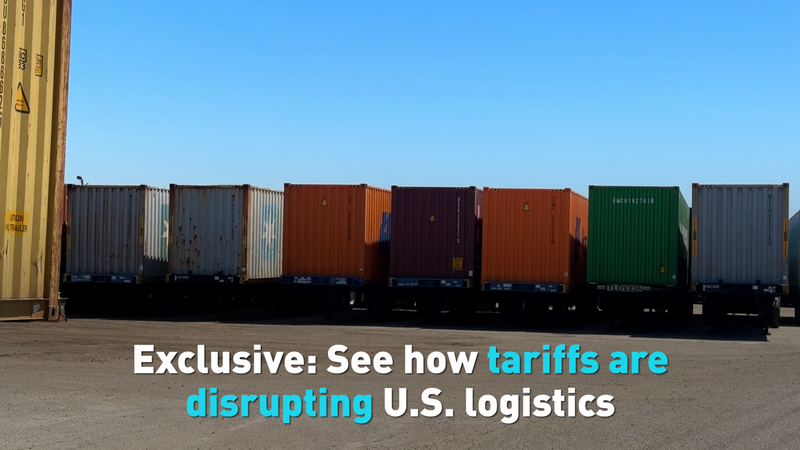When our correspondent Ediz Tiyansan stepped onto the sprawling docks of the Port of Long Beach, he encountered a scene in flux. Towering cranes idled more often, and lines of containers stretched farther than usual as new tariffs reshaped day-to-day rhythms.
Since Washington imposed additional duties on a broad range of imported goods, major logistics firms report unloading times growing by up to 30%. At Waterfront Logistics—one of the busiest operators here—this shift has prompted a rethink of scheduling, staffing, and software systems to keep cargo moving.
“We’ve had to integrate dynamic routing tools and predictive analytics to handle the peaks,” says the chief strategy officer of Waterfront Logistics. “Containers are spending an average of two extra days at port, and that ripples through trucking, rail, and warehouse networks.”
Data from U.S. customs shows throughput fell 8% in the last quarter, while average waiting times for trucks surged by 20%. These delays not only drive up costs for importers but also ripple across retail, manufacturing, and even local labor markets, demonstrating how trade policy directly impacts everyday business.
For young entrepreneurs and startups eyeing global markets, this landscape underscores the importance of agility. Digital solutions—from AI-powered scheduling to blockchain-based tracking—are no longer optional; they’re must-haves in a tariff-tinged world.
As tariffs continue to influence supply chains, ports like Long Beach stand at the frontline of change. For business leaders, policymakers, and digital nomads alike, the lesson is clear: staying ahead of disruptions requires both innovative tech and strategic foresight in an ever-evolving global trade environment.
Reference(s):
cgtn.com




